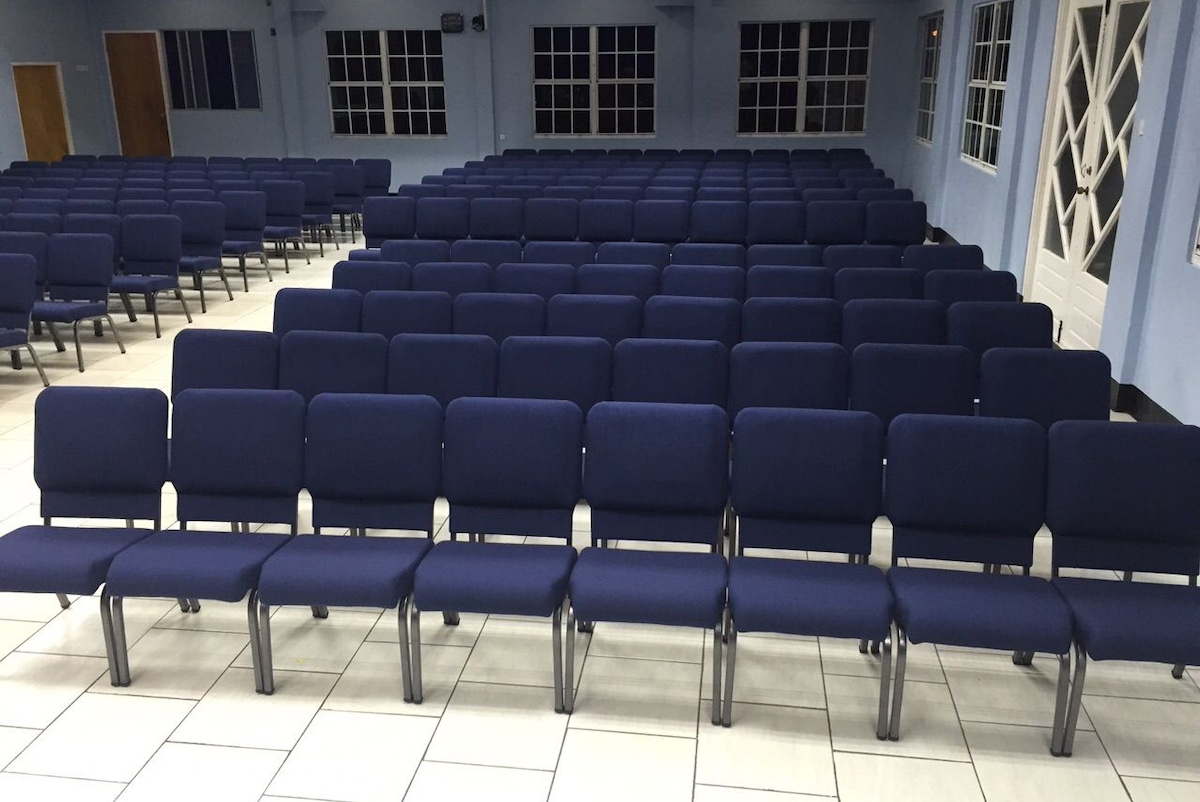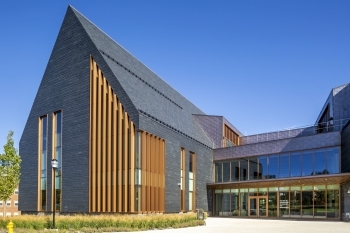
A Seat for the Soul: A Guide to Church Chairs
Church chairs, often seen as a background element in a house of worship, play a crucial role in facilitating a comfortable and inspiring atmosphere for prayer, reflection, and community. From historic pews to modern marvels of ergonomic design, these chairs have evolved alongside the changing needs of congregations. This guide delves into the world of church chairs, exploring their:
History and Styles:
- Pews: The traditional church seating, pews are long benches with backs and kneelers, often made from solid wood like oak or maple. They represent a sense of tradition and community, but can be less comfortable for extended periods.
- Kneeling benches: Found in some churches, particularly Catholic ones, kneeling benches are backless benches used for prayer.
- Folding chairs: A more recent innovation, folding chairs offer versatility and easy storage. They come in various materials like wood, metal, or plastic, and can be upholstered for comfort.
- Stacking chairs: Similar to folding chairs, stacking chairs offer easy setup and storage, ideal for multi-purpose spaces. They can be ganged together to create rows.
- Upholstered chairs: These chairs provide increased comfort with padded seats and backs. They come in various fabrics and styles, and can be a good option for churches with longer services.
- Custom chairs: For a unique touch, some churches opt for custom-designed chairs that complement the architecture and aesthetics of the space.
Choosing the Right Chair:
Selecting church chairs requires careful consideration of various factors:
- Congregation size and needs: For larger congregations, space optimization might be key, favoring stacking or folding chairs. Smaller churches may prioritize comfort with upholstered options.
- Service style and duration: Churches with longer services might benefit from more comfortable church chairs like upholstered or padded options with good lumbar support.
- Aesthetics: The chairs should complement the architectural style of the church. Traditional churches might favor wooden pews, while modern churches can opt for contemporary chair designs.
- Budget: Church chairs come in a wide range of price points. Consider the durability and lifespan of the chairs alongside the initial cost.
Beyond the Basics: Features to Consider
- Upholstery options: Choose fabrics that are durable, easy to clean, and flame-retardant.
- Armrests: While armrests can provide additional comfort for some, they might restrict seating capacity.
- Ganging mechanisms: For stacking chairs, consider a ganging mechanism that allows easy connection of chairs in rows.
- Kneeholes: If pews are preferred, consider incorporating kneeholes for added comfort during prayer.
- Accessibility: The Americans with Disabilities Act (ADA) mandates accessible seating in public places. Churches should include a designated number of accessible chairs with wider seats and armrests for ease of transfer.
Maintaining Your Church Chair:
Proper maintenance extends the lifespan and aesthetics of church chairs. Here are some tips:
- Regular cleaning: Develop a cleaning routine based on the material of the chairs. Upholstery might require professional cleaning periodically.
- Wood care: For wooden chairs, use wood polish appropriate for the type of wood.
- Inspections: Regularly inspect the chairs for loose screws, worn upholstery, or broken frames. Address any issues promptly to prevent further damage.
Church chairs play a role in shaping the experience of worship. By carefully considering the various factors and available options, churches can select chairs that provide comfort, support, and a welcoming atmosphere for their congregations. From the time-tested tradition of pews to the comfort of modern upholstered chairs, the right seating can help cultivate a space that fosters connection, reflection, and spiritual growth.






